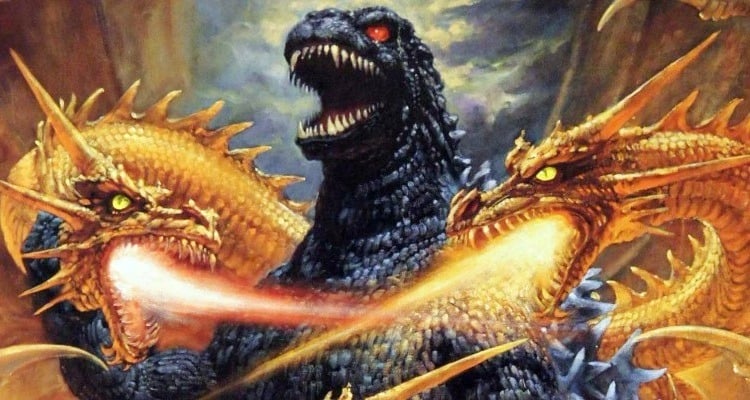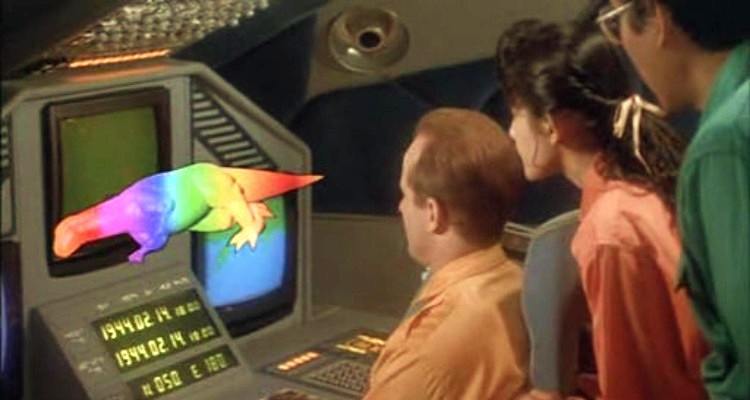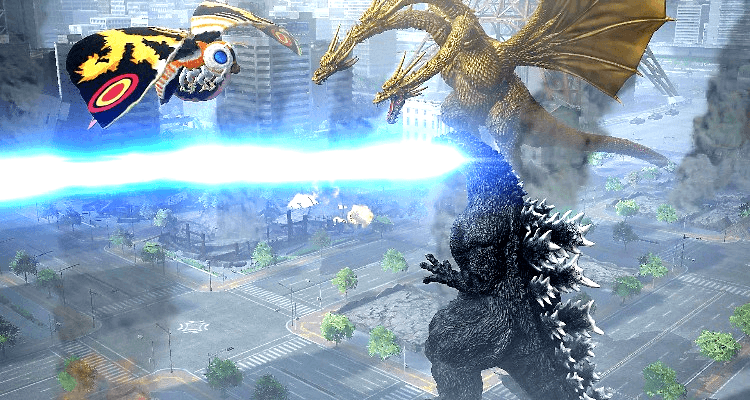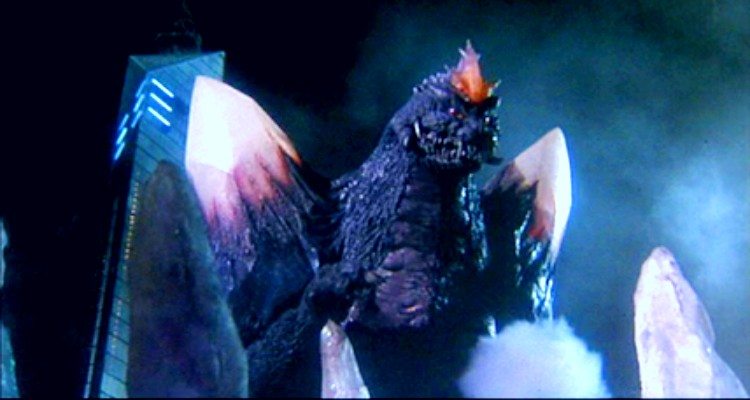Exploring Godzilla vs. King Ghidorah: When Toho Used Time Travel to Poorly Retcon Things

Time travel is the trope du jour nowadays to facilitate either a continuity alteration or an attempt at a compelling story. And you have blockbuster superhero franchises to thank, mostly.
You don’t like X-Men Origins: Wolverine? No problem, Days of Future Past erased it from existence.

Or a story gets told over two movies, a la Terminator, so Thanos can snap away half of existence and The Avengers can undo his actions in the second one.
Or in the case of Tenet and Interstellar, time is bent to its knees for a contained, trippy narrative you’re not meant to understand.

It’s been done since at least the 1980s but the Crisis-level rebooting of a canon long understood and taken for granted in comics didn’t take film universes by storm until recently, at least in The West.
It shouldn’t surprise you to learn time travel was used as far back as the 1990s to put a fresh spin on an old franchise when all else failed. And, yes, I’m talking about Godzilla.

Specifically, I mean the 1991 Heisei installment Godzilla vs. King Ghidorah which saw the return of the three-headed Astro-monster and his one-time upgrade.
When Godzilla vs. Biollante didn’t do as well as Toho had hoped, they went back to the drawing board fairly sure they weren’t going to create any new monsters for a while.

Thus, a poll was conducted to figure out what old favorite fans wanted to see again the most. Ghidorah topped the list with a majority of male voters pulling for him.
But it wasn’t simply a matter of bringing back Monster Zero. They were going to get creative and inject some new yet familiar ideas.

Taking a page out of the Xilien playbook, Godzilla vs. King Ghidorah introduced us to the Heisei Era’s first batch of strange visitors, the Futurians – who are just future people instead of aliens.
The Futurians are travelers from the year 2204 where, they explain, Japan was destroyed by Godzilla. To prevent this, they take some humans back to 1944 to transport the slain Godzillasaurus to a place where it won’t be mutated by nuclear testing or the atomic bomb.

Indeed, the film makes it clear Godzilla is a hyper-evolved dinosaur bombarded with radiation. But just wait until we get to King Ghidorah.
You see, the Futurians don’t actually want to save Japan and were lying. The country is actually the biggest and most prosperous nation on Earth in their time. Not liking this for some reason, they seek to cripple it.

They do this by leaving behind in ’44 three cute genetically engineered creatures they name Dorats – to be irradiated and mutated into the eponymous three-headed King.
Obviously, this does away with Ghidorah being from space and it only gets more complicated, while proving The Futurians aren’t as smart as presented.

Their plan to erase Godzilla from history fails disastrously. He absorbed radiation from the ocean floor and some downed Soviet subs and mutated anyway, seemingly correcting the timeline.
Continuity also looks like it was course-corrected and the slate wiped clean. No Godzilla in previous years, particularly 1954 and 1984, means the franchise can start fresh.

Except not really – all the old movies are and were still considered canon and everyone in Godzilla vs. King Ghidorah remembered the events in them. This means Godzilla still surfaces in ’54 and ’84 and fights Biollante who still existed.
How is it a timeline can right itself with every domino falling neatly back into place? The script doesn’t explain clearly enough and acts like nothing really happened.

It gets even more muddled in later films when Biollante’s G-cells are what birth SpaceGodzilla. The compromise of Mothra’s intervention keeps it ambiguous but doesn’t hold up when you compare Space G’s features and escaping orbs upon death to Biollante and her spores.
Then what are the rules of time travel in Godzilla vs. King Ghidorah? How does any of it work? WikiZilla tried to tie up the loose ends in a video on the subject.
They explain the Futurians, believing the Godzillasaurus and ’54 Goji were one and the same when they’re not, had erroneous information. In effect, Futurian actions create Heisei Godzilla.
This is also Toho’s official explanation and, normally, that would settle it. However, the Omni Viewer, another kaiju enthusiast, did his own analysis and found a flaw in the self-correcting loop.
Remember the Futurians’ little white lie about Japan? Omni Viewer illustrates their actions ended up causing the very outcome they fabricated. If they can’t alter the past that should be impossible.
Omni Viewer concludes the script is just bad with no rules and Superman turning the Earth backward made more sense.

Truth be told, Toho might not really care about establishing rules of time travel. The reason for their amuck time experiment in this one film was probably down to money.
It goes back to Godzilla vs. Biollante. The movie dominating the box office at the time of its release was Back to the Future II and Marty McFly soundly topped the Monster King worldwide.

Godzilla is more prone to following trends than anyone cares to admit. Biollante was a reaction to Little Shop of Horrors. Heck, the first Gojira was Japan’s deeply personal ode to American monster movies like King Kong and The Beast From 20,000 Fathoms.
The only difference is Toho wanting to go back in time created a boondoggle of a fan debate that may never be settled. And you know what? It is the fault of those fiendish Futurians.
Now, if you got all of that, do you agree? Or do you have your own theory about Godzilla’s Heisei timeline? Let us know and share them in the comments.
More About:Movies
